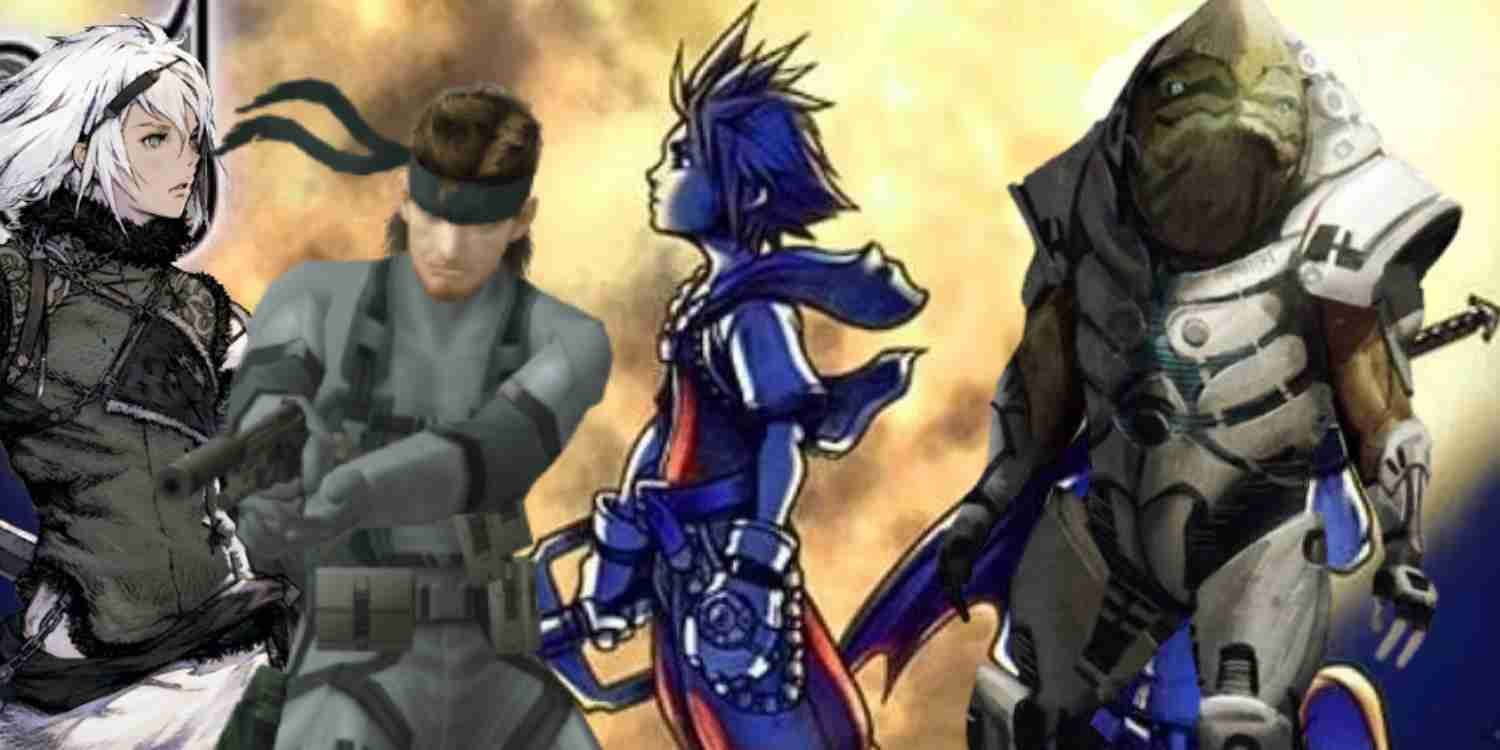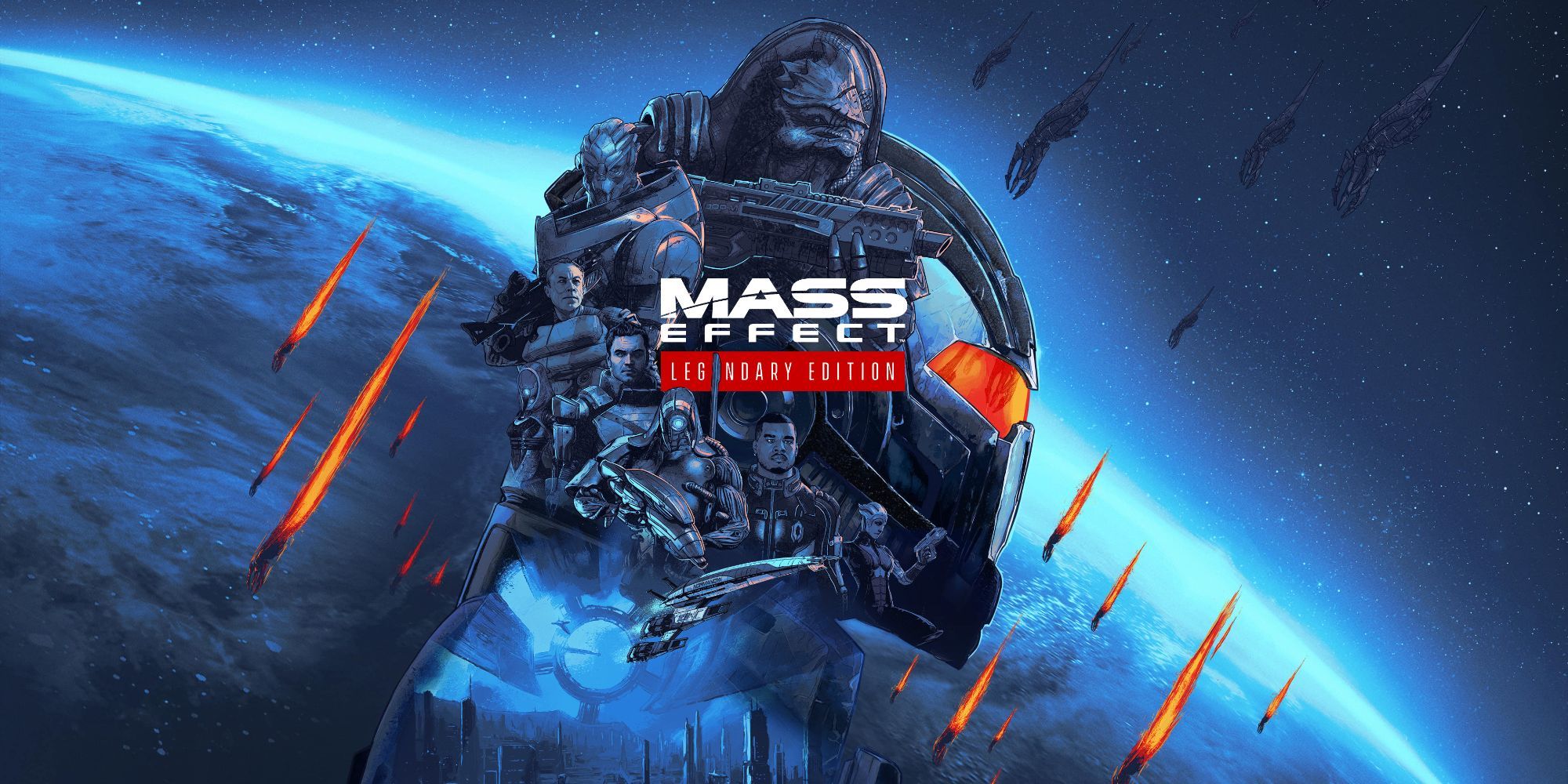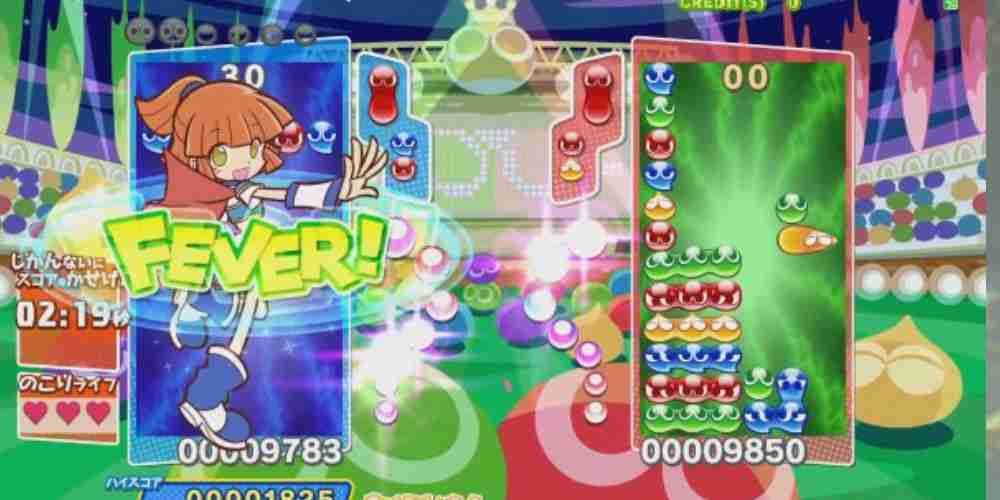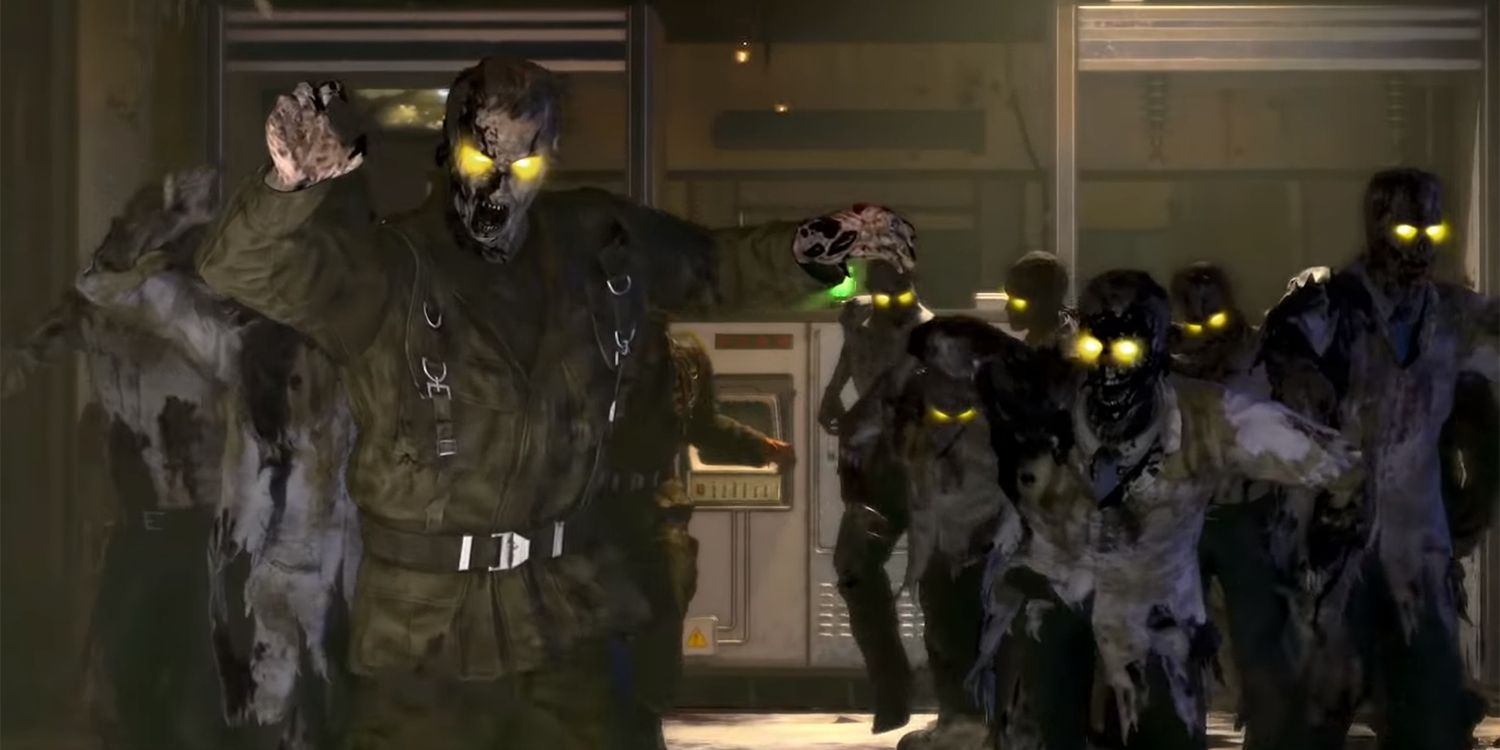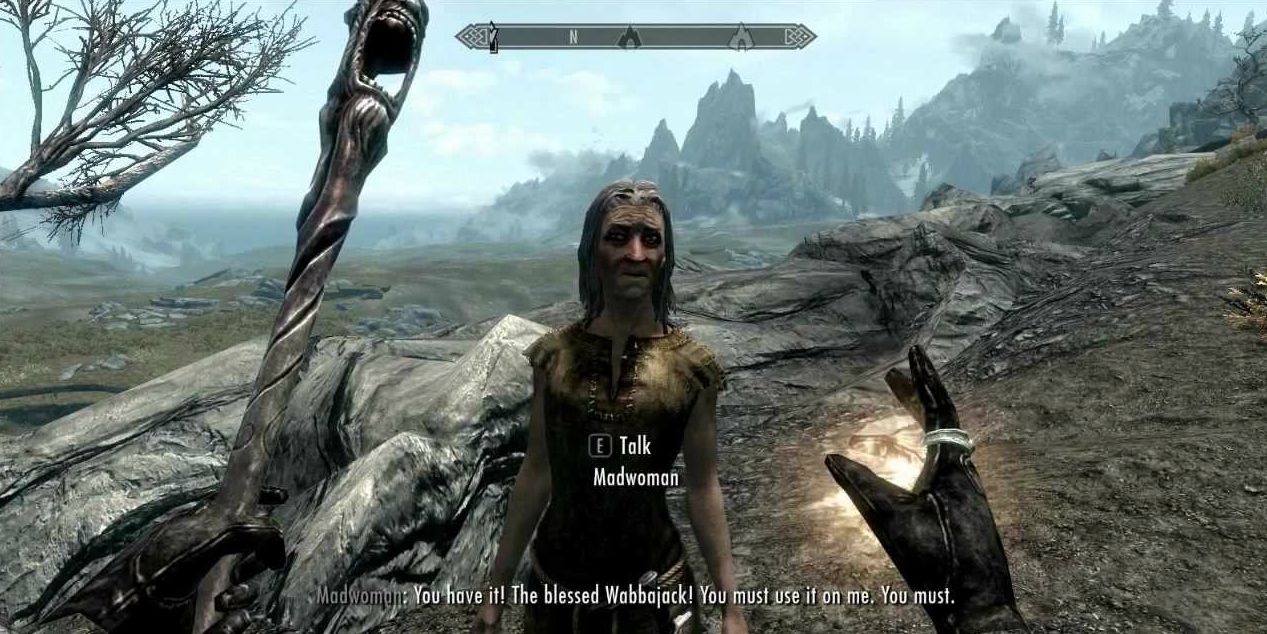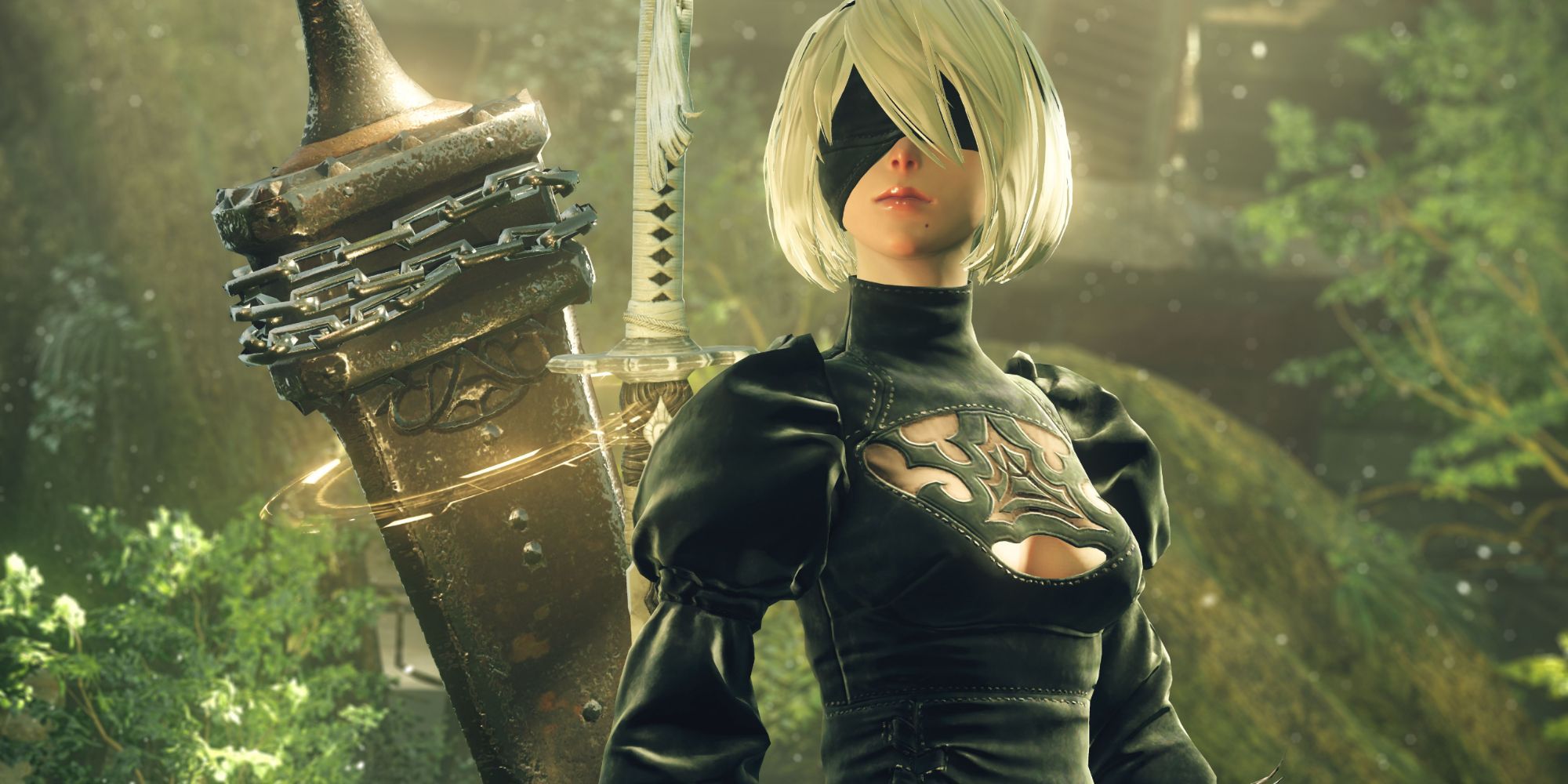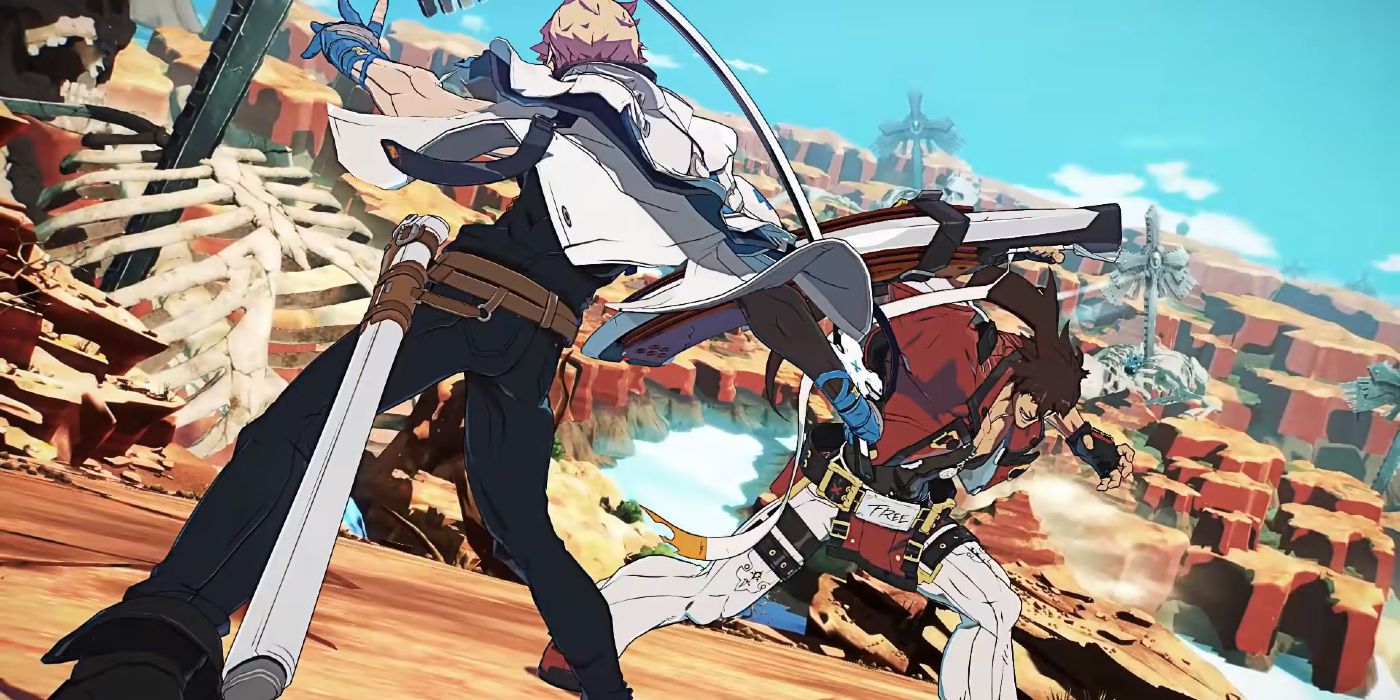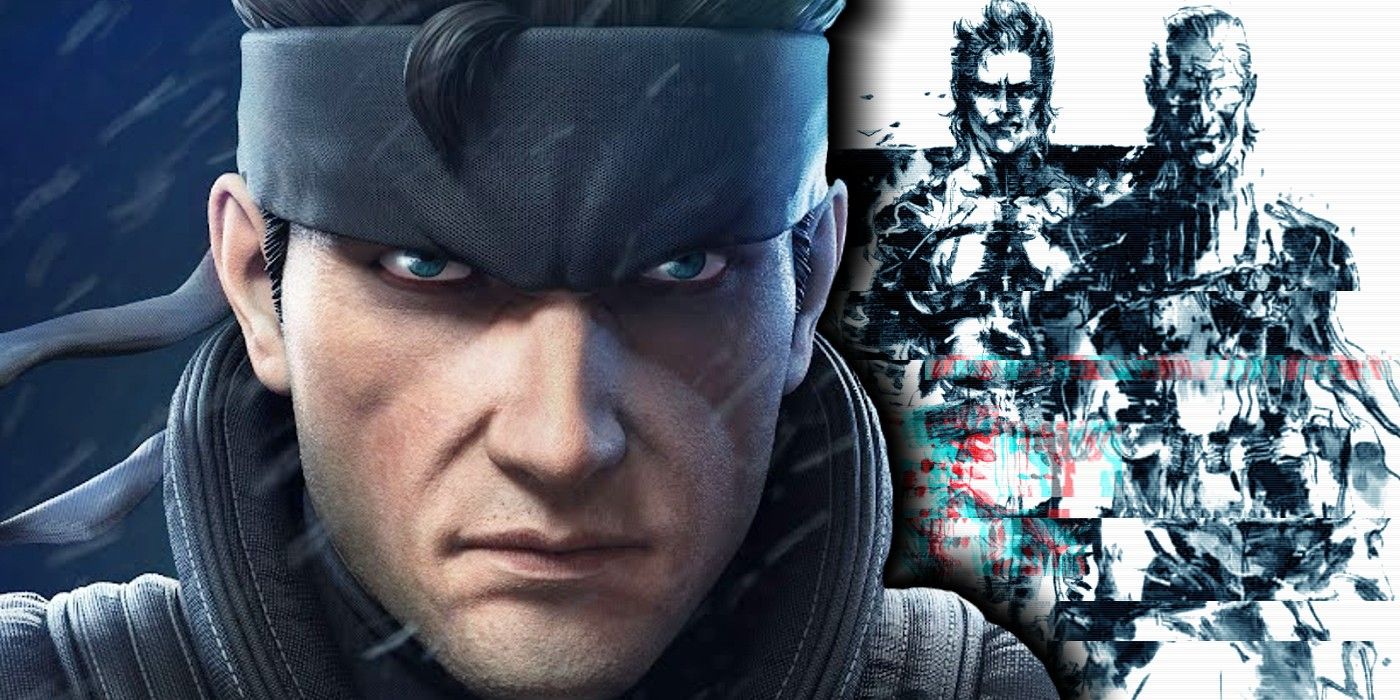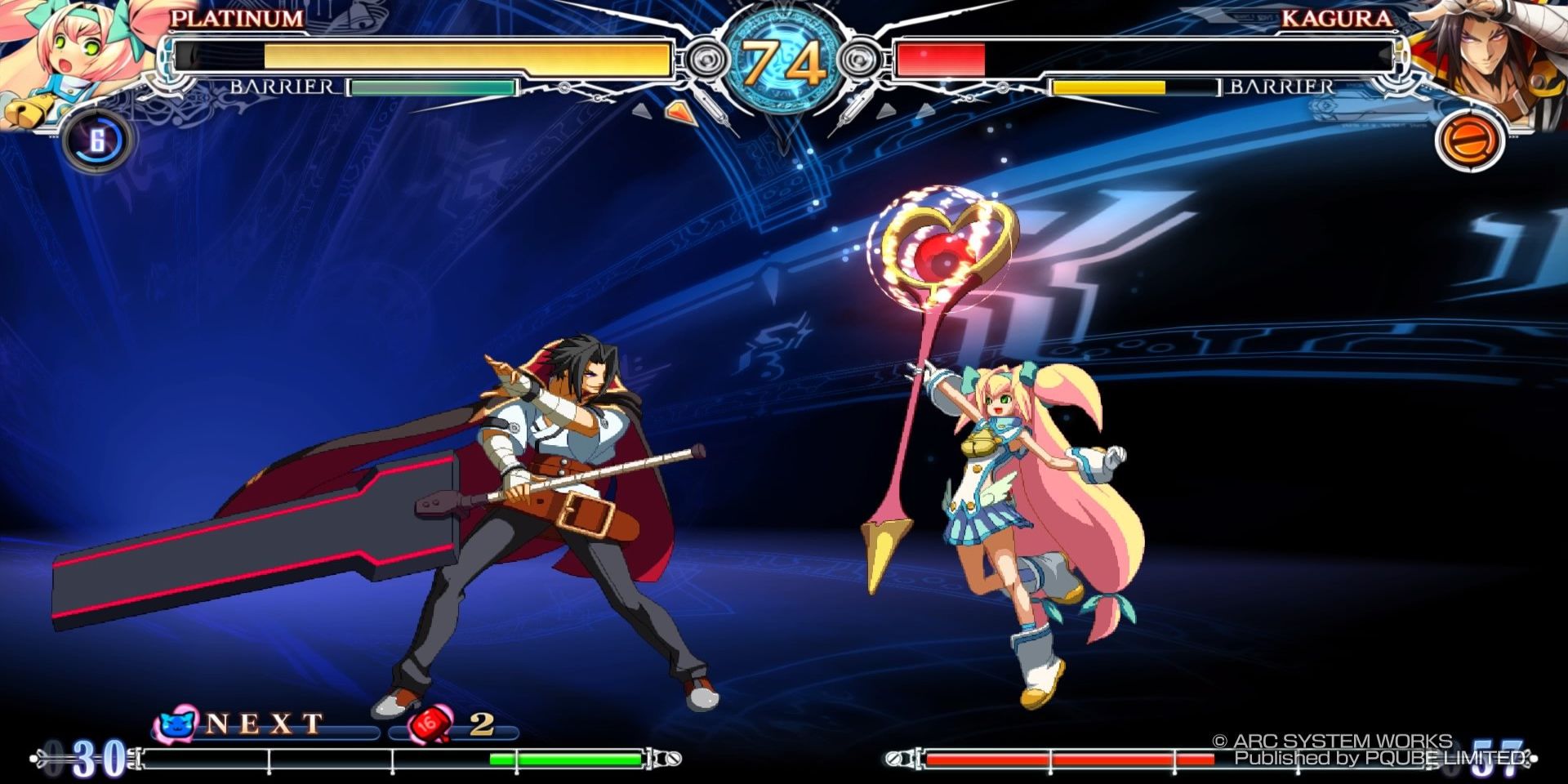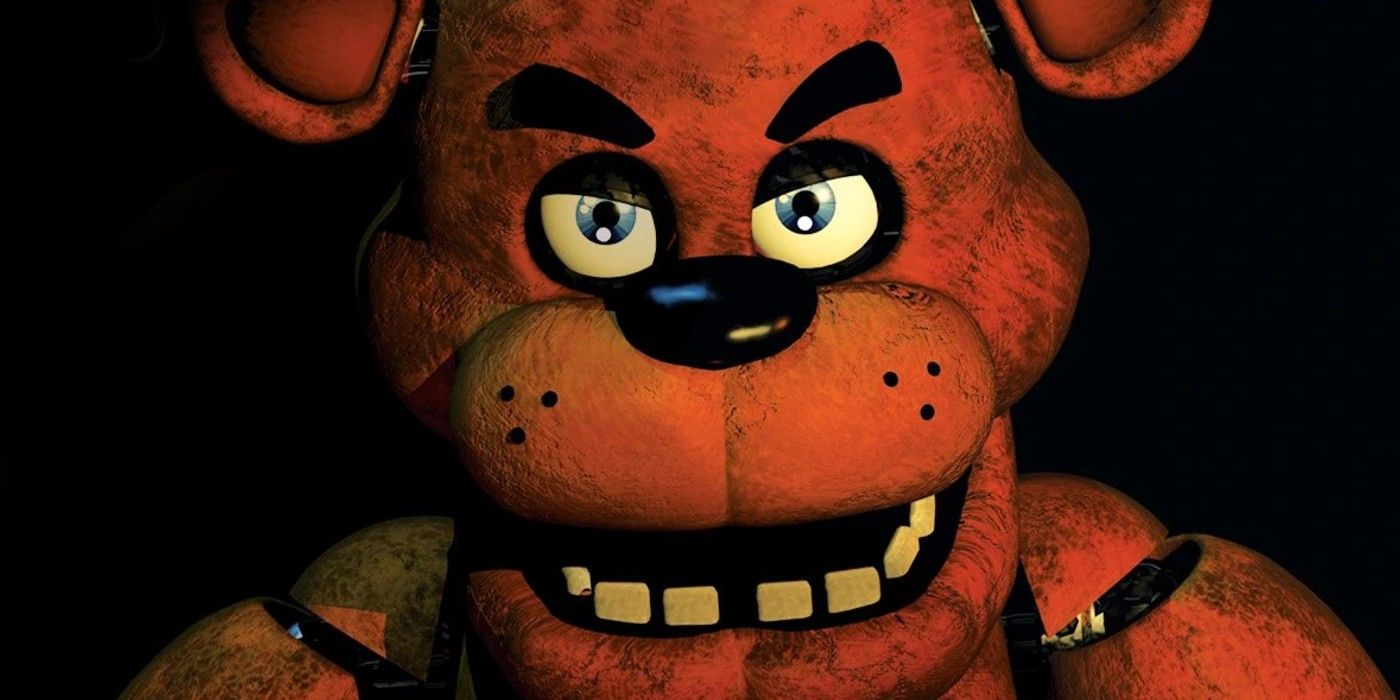Lore has been a major driving force in pretty much all stories and while the main plot is interesting, minor details can often tell an interesting story of their own. Video games can do this really well, by taking place in large interconnected worlds. Developer FromSoftware is known for this and has done it in titles like the fantastic recent Elden Ring.
Not every game delivers easy to digest lore, though. Sometimes plot details are spread over multiple installments and consoles making putting together the full story a chore. Occasionally, these games have lore that's too complex to adequately explain before it shows up in the main plot and rely heavily on the gamer reading logs or codexes providing history to the world.
Mass Effect
Bioware makes massive RPGs with tons of extra content to absorb like Dragon Age and Mass Effect, which takes the developer's love of lore and stretches it out over an entire galaxy. In order to sell the science-fiction atmosphere and provide context to the races and their history, there are tons of data logs the player can read. These inform the player on tons of small details about the universe that never appear in the main story, and give much-needed context to those that do.
Details on the series' titular element, the Mass Effect, can only be found here and help inform character choices and give depth and understanding to NPC decisions. Even entire characters can first be found in expanded universe novels, like Kai Leng, who later appeared in Mass Effect 3. Relying on so much reading can be a negative though, as gamers who simply want to dive straight in will miss out on the full story.
Puyo Puyo
It might seem weird to call the lore of the Puyo Puyo games complicated. The series is a falling blocks puzzle game with a cute art style and tons of anime shenanigans, and anything that's crossed over with Tetris wouldn't seem like it would have much lore. But long before the puzzle game was created, there was predecessor series of JRPGs called Madou Monogatari.
The characters were dark wizards and there were multiple brutal onscreen deaths. In addition, this series had multiple spin-off games and mangas that are still considered canon. Even canceled games were canon, and when SEGA bought Puyo Puyo two more universes were added to the lore. While the series nowadays is pretty standalone, the history of the characters is very convoluted and gives unexpected depth to this simple puzzle game.
Call of Duty: Zombies
Call of Duty games are tons of fun, but they don't really have tons of lore. The series began as a World War simulator before abruptly changing to a modern setting with little acknowledgment. The Call of Duty zombie mode, on the other hand, has always tried to keep its lore straight.
Despite originating in an over-the-top fashion with playable real-life politicians, the lore of the zombie modes has been continuous. Developer Treyarch has attempted to put every single one in a timeline through throwaway lines, making it intensely difficult to follow. The biggest continuing element has been the antagonist, Richtofen, however, it's not always clear when a zombie mode is set due to jumping around in history.
The Elder Scrolls
The Elder Scrolls VI is one of the most anticipated upcoming games from Xbox, despite only a logo shown so far. The reason for this is the expansive lore that the developer has created. The bare shot of trees from the reveal trailer can actually be pinpointed despite players never seeing it before thanks to their in-depth knowledge of the world of Tamriel, which has been so thoroughly developed.
While there are a few spin-offs, the lore mainly comes from the five main entries in the series. In these games, players can find books and chronicles describing the greater world beyond that game's spotlight country. These records often contradict each other, though, so finding what's true can be difficult, but is a nod both to the complex history of the world, and the warring propaganda of different storytellers in it, much like real history. It's a fantasy strategy that makes the world feel lived-in, but it's very confusing.
NieR
NieR Automata is well known for having a complex story, but that's a given for any game that needs to be played twice. In order to experience the full tale of the 2017 transhuman epic, the game needs to be completed multiple times for different post-credit reveals. Gamers also need to take into account the original game on PS3, remade as NieR Replicant, which also had tons of lore that fed into the later game.
Between the original and Automata hundreds of years have passed in the game's world. This allows for a rich history filled with plenty of small stories, including an untranslated stage-play spin-off, to occur in the interim. Additionally, the entire NieR series is lore to the Drakengard series. The plot of the original NieR is set after a bad ending from the original Drakengard, linking it all together and making it one of the more complicated games to dive into.
Guilty Gear
Despite their simple presentation, many fighting games actually have detailed stories. Featuring powerful rock and even more powerful characters, Guilty Gear has one of the most complex. It takes place in an alternate history where the Y2K bug was real and as a result, humanity abandons technology. They instead began using magic and used it to create genetically modified organisms called Gears.
A secret program by the USA led by the protagonist, his wife, and a character named That Man would result in the most powerful Gear, Justice. A world war would break out that's chronicled in many canonical Japan-only audio CDs, making it difficult to follow. This all happened before the first Guilty Gear, and even the series' pachinko games are canon, making learning the lore tough.
Kingdom Hearts
It's almost cliché at this point to lambast Kingdom Hearts for its complicated story. The original installments were rather basic good vs evil stories. While that remains true, the details of every installment made the simple premise of visiting Disney worlds more complicated. For instance, there are many installments before the original game, including a phone-based MMO with time travel elements.
There's nothing more indicative of the confusion of the series than the iconic monsters. The Heartless are beings made of a corrupted heart and their counterparts, the Nobodies, are the bodies they left behind. Both were created by scientific experiments gone wrong until it was revealed that the experiment went right, and they were actually naturally occurring. Retcons like this are abundant in the series and the storyline and lore is notoriously hard to follow throughout.
Metal Gear
Metal Gear was doomed to have a confusing plot from the start. The original duology was only released on an obscure Japanese PC at first, and the English release changed the first one substantially and ignored the second. When gamers picked up the first Solid title they had no idea what they were getting into.
The sequel to Metal Gear Solid would be, despite its die-hard fans, extremely confusing. A prequel followed that told the story of the franchise's biggest villain. Except that his backstory and future appearances often contradicted his actions. Even when IV tried to connect it all, it still sometimes confused players.
Blazblue
The creative director behind the Blazblue series has recently left the publisher but the series he created lives on through tough-as-nails gameplay and a complicated story. The four main games told the story of Ragna. He's an outlaw who lives on the edge of a fascist society while wielding the titular Blazblue.
While rebelling against the government he uncovers a host of conspiracies regarding an ancient magic war. Add in clones, fake identities, and an entity called Yuuki Terumi and one gets one of the most convoluted fighting game stories ever. Like Kingdom Hearts, the story of the series is split over multiple spin-offs and even an anime. Every playthrough of an arcade cabinet is considered canonical.
Five Nights At Freddy's
When it first debuted, Five Nights at Freddy's had a hidden plot, but nobody could've deduced how much was lying beneath the surface. When its sequel launched, it surprised fans by actually being a prequel with so much ambiguity that some fans still debate its timeline placement. This is all for a series about murderous animatronics.
Long story short, a pizzeria chain had these robots created by William Afton. One of them bit a child, and Afton killed several others to cover it up. He then was ultimately killed and trapped in a robot body himself. Except that all might just be in-universe fan fiction propagated by internet trolls; the series' timeline has shifted multiple times and it's tough to keep track of.

